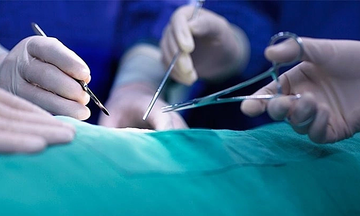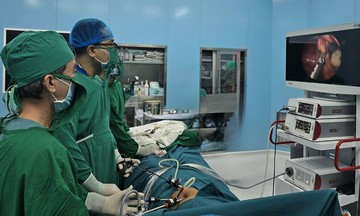The lens is a transparent, flexible structure composed primarily of protein. As you age, the proteins in the lens break down, forming cloudy, opaque patches called cataracts. Over time, vision deteriorates, making it difficult to perform everyday activities.
Cataracts are a common condition affecting the eyes, causing vision loss. Several misunderstandings about this condition need clarification to enable better preventive measures.
Eye drops can cure cataracts
Using eye drops or taking vitamin supplements, along with a healthy diet, can slow the progression of cataracts but cannot eliminate existing cloudy patches. When the lens is no longer transparent, light rays entering the eye become distorted, causing vision problems. Surgery is the only way to remove cataracts.
Cataract surgery is long and painful
Cataract surgery is quick and painless. On average, the procedure takes about 10 to 20 minutes. Thanks to modern surgical techniques, patients only feel slight pressure during and after surgery, with no pain.
Only older people get cataracts
Cataracts are an unavoidable part of the aging process, and age-related cataracts are the most common form of this condition. Many people assume cataracts only occur in older adults because this is when the condition most commonly appears. However, they can also develop in children and adolescents. Trauma, side effects of certain medications, or conditions like diabetes are often contributing factors to early-onset cataracts.
Cataracts can recur after surgery
Cataracts form when the lens in the eye begins to absorb water. The initially transparent lens starts to turn opaque when this happens. The doctor will numb the eye, remove the clouded lens, and insert an artificial lens called an intraocular lens (IOL).
IOLs are made of synthetic materials and do not break down like natural lenses. Consequently, cataracts do not recur after surgery. Sometimes, secondary cataracts can develop after surgery. This condition, known as posterior capsule opacification, can blur vision but is not actually a cataract. It affects the part of the eye that holds the lens, not the lens itself.
Bao Bao (According to Healthline, Times of India)
| Readers can submit questions about eye diseases here for doctors to answer. |












